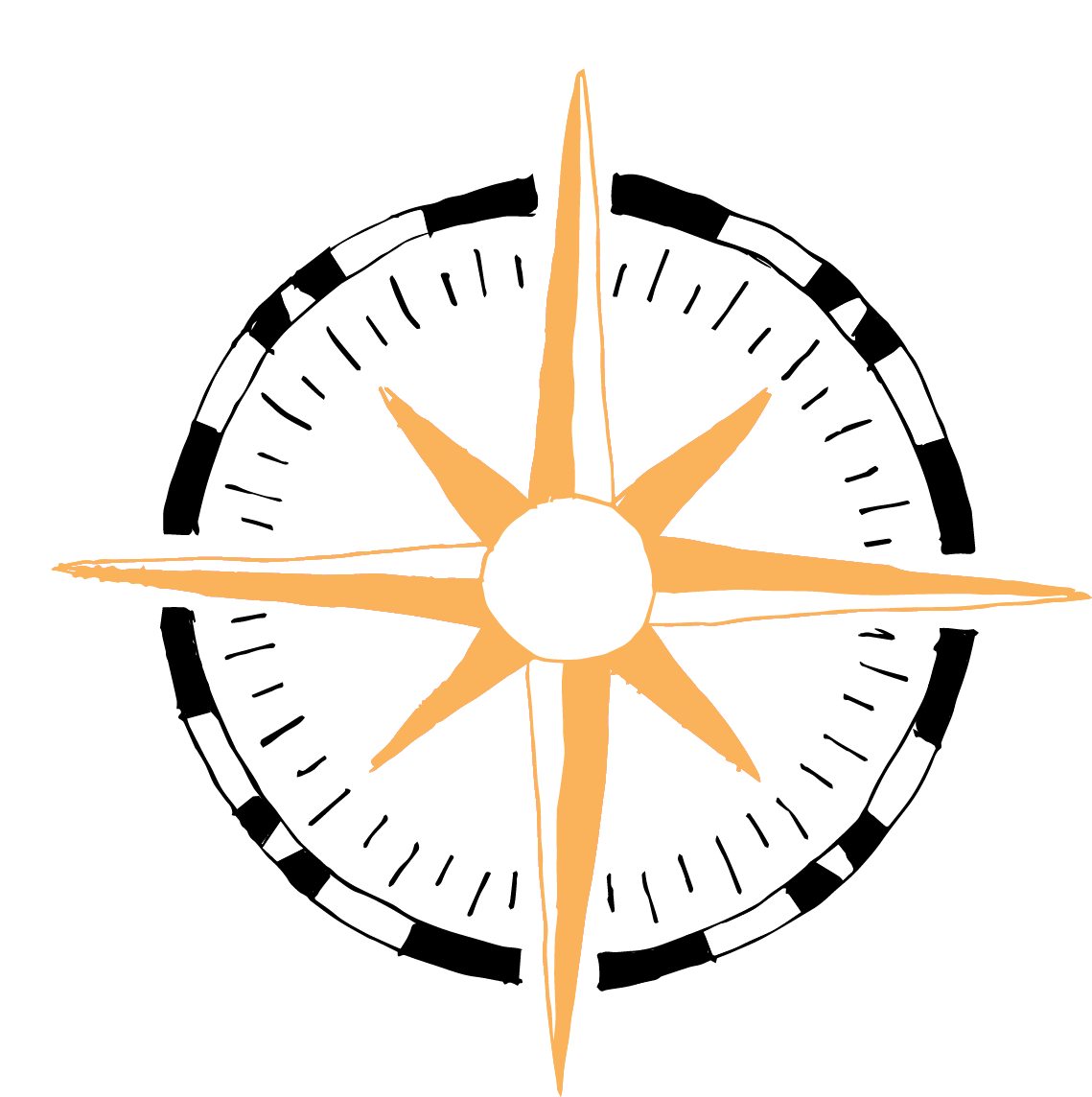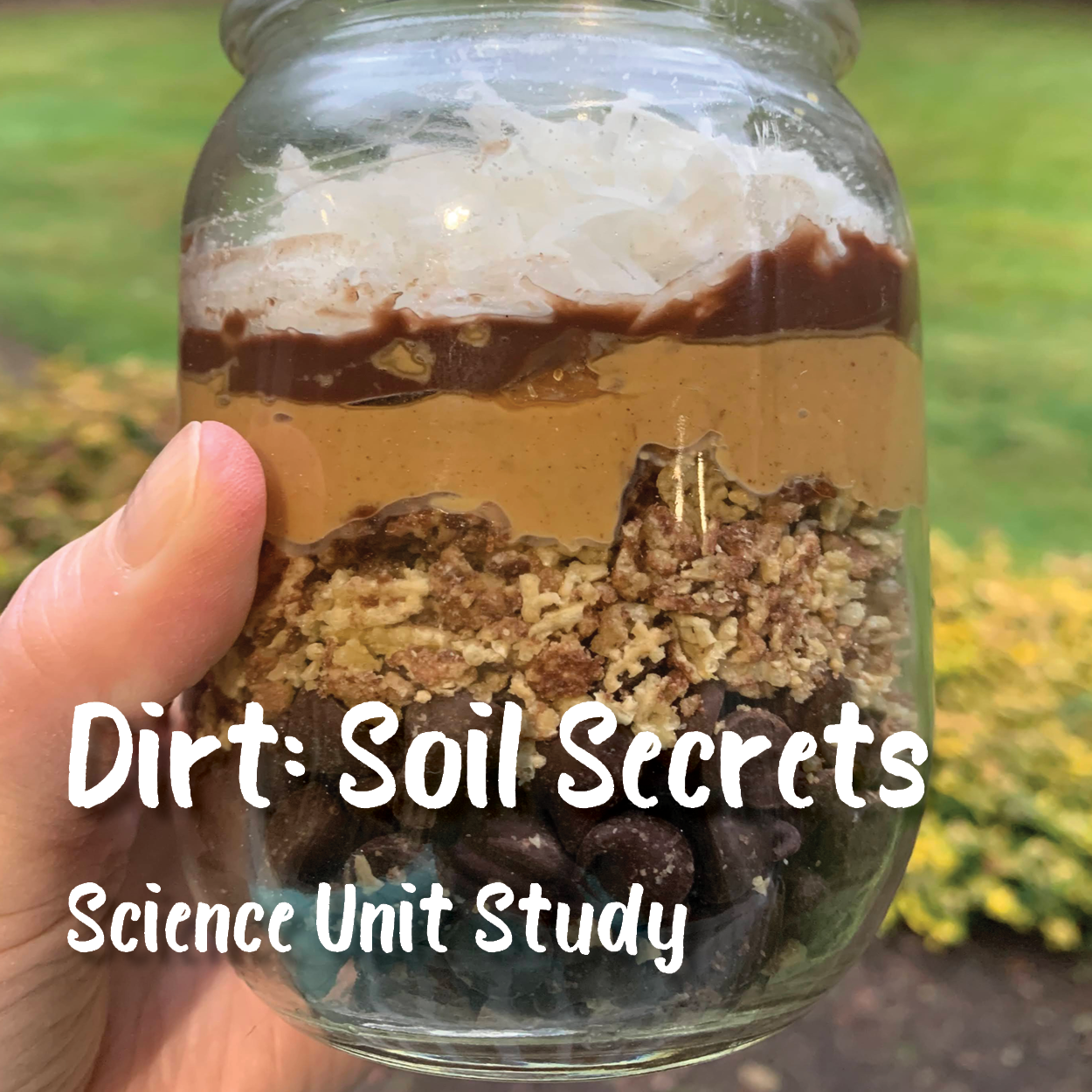Rocket Science! STEAM Activity Guide
A Beginner’s Guide to Rockets for Kids
Blast off into space with ROCKET SCIENCE! This STEAM activity guide is the perfect way to introduce kids to the engineering design process. Rocket Science! can be used for a week or more as a secular homeschool unit study for a wide range of ages - perfect for family-style homeschooling. Kids will build their own rockets with two main project-based learning activities that teach kids design thinking. These hands-on rocket projects are ideal for preschoolers through elementary age.
NorthStar’s STEAM activity guides can be used as a stand-alone secular science curriculum or as a homeschool unit study to bring variety and enhance the science curriculum of your choice. Rocket Science! was designed with homeschool families in mind, but it is equally as useful for classrooms, cooperatives, afterschool programs, summer camps, and science clubs. The flexible unit study plan encourages child-led learning with inquiry and discovery at the core of the activity design. With excellent books, math, and literacy activities, this guide is full of cross-curricular activities to extend learning. All activities are kid-tested and kid-approved so the fun is guaranteed!
This 22-page guide is packed full of easy fun STEAM activities for elementary kids:
2 main hands-on STEM projects for elementary and middle school students ages 5-12 with detailed how-tos, troubleshooting, supply lists, and information about the science
2 storytelling prompts to engage the imagination of little problem-solvers
6 book prompts for discussion, social-emotional learning, and artistic projects paired with Work It, Girl: Blast off into space like Mae Jemison by Caroline Moss
Science vocabulary list with 7 activity ideas
Play-based math and literacy activities integrated into core projects
Big ideas prep adults with the main concepts including gravity, force, and trajectory.
Curious questions prompt inquiry-based learning for deep science exploration and discovery.
6 carefully selected living book recommendations - Excellent book selections which highlight key engineering topics and share diverse figures in the history of rocket science (books are not required to complete the study)
Engaging media from top engineers and scientists
Notebooking activities and templates - kids will make a “Discovery Journal” to track and reflect on learning
Design process tracking template
The Ultimate Rocket Showdown log sheet to analyze rocket designs and test flights
Design process how-to poster
Level indicators to make it easy to select activities or differentiate for the ages of your learners - from early elementary through middle school
The NorthStar Approach - A Learning Adventure
Engage: Great books and media recommendations help teach the big ideas.
Explore: Hands-on science explorations, process art, food fun, and more provide multi-sensory learning experiences to deepen understanding.
Express: Children are encouraged to track their observations in their Discovery Journal and to reflect about their key discoveries at the end of their studies.
Extend: Children are encouraged to take it further with resources to deepen learning about the topic and additional project ideas. Each lab includes optional cross-curricular extensions including math and literacy activities with poetry copywork, wordplay, math fun, and story starters.
NOTE: This product is a digital download. No physical copy will be sent. Sales are final. We recommend downloading within the first 24 hours. You are purchasing a document license for one household only. Please do not share or redistribute - our small business depends on your honesty!
If you are looking for printing services, we have partnered with Watson Family Press to provide our customers with discounted printing costs. The code will be provided to you in your download email.
-
NGSSK-2-ETS1-2: Develop a simple sketch, drawing, or physical model to illustrate how the shape of an object helps it function as needed to solve a given problem.
NGSSK-2-ETS1-3: Analyze data from tests of two objects designed to solve the same problem to compare the strengths and weaknesses of how each performs.
NGSSMS-ETS1-2: Evaluate competing design solutions using a systematic process to determine how well they meet the criteria and constraints of the problem.
NGSSK-2-ETS1-1: Ask questions, make observations, and gather information about a situation people want to change to define a simple problem that can be solved through the development of a new or improved object or tool.
NGSS3-5-ETS1-3: Plan and carry out fair tests in which variables are controlled and failure points are considered to identify aspects of a model or prototype that can be improved.

















